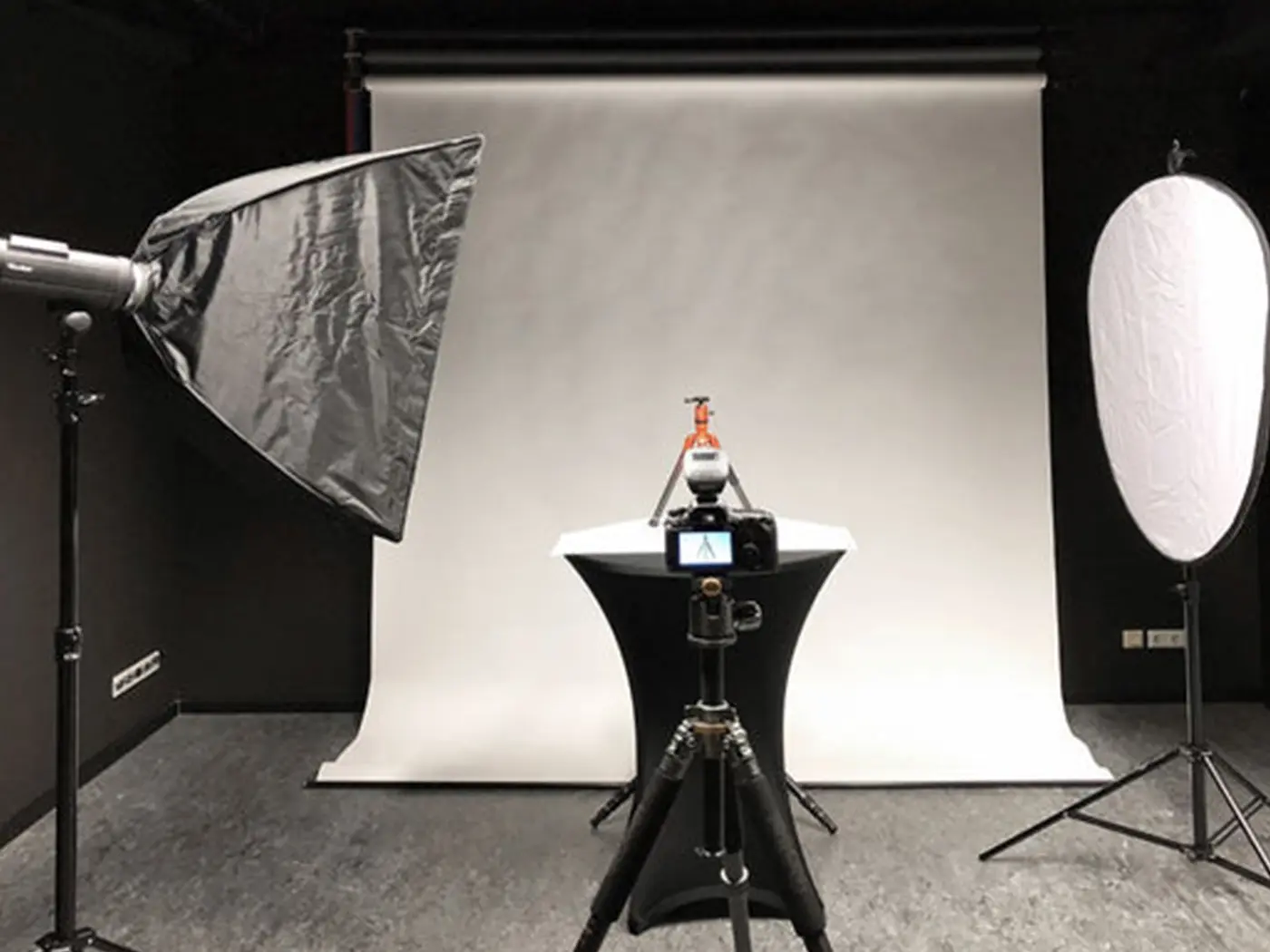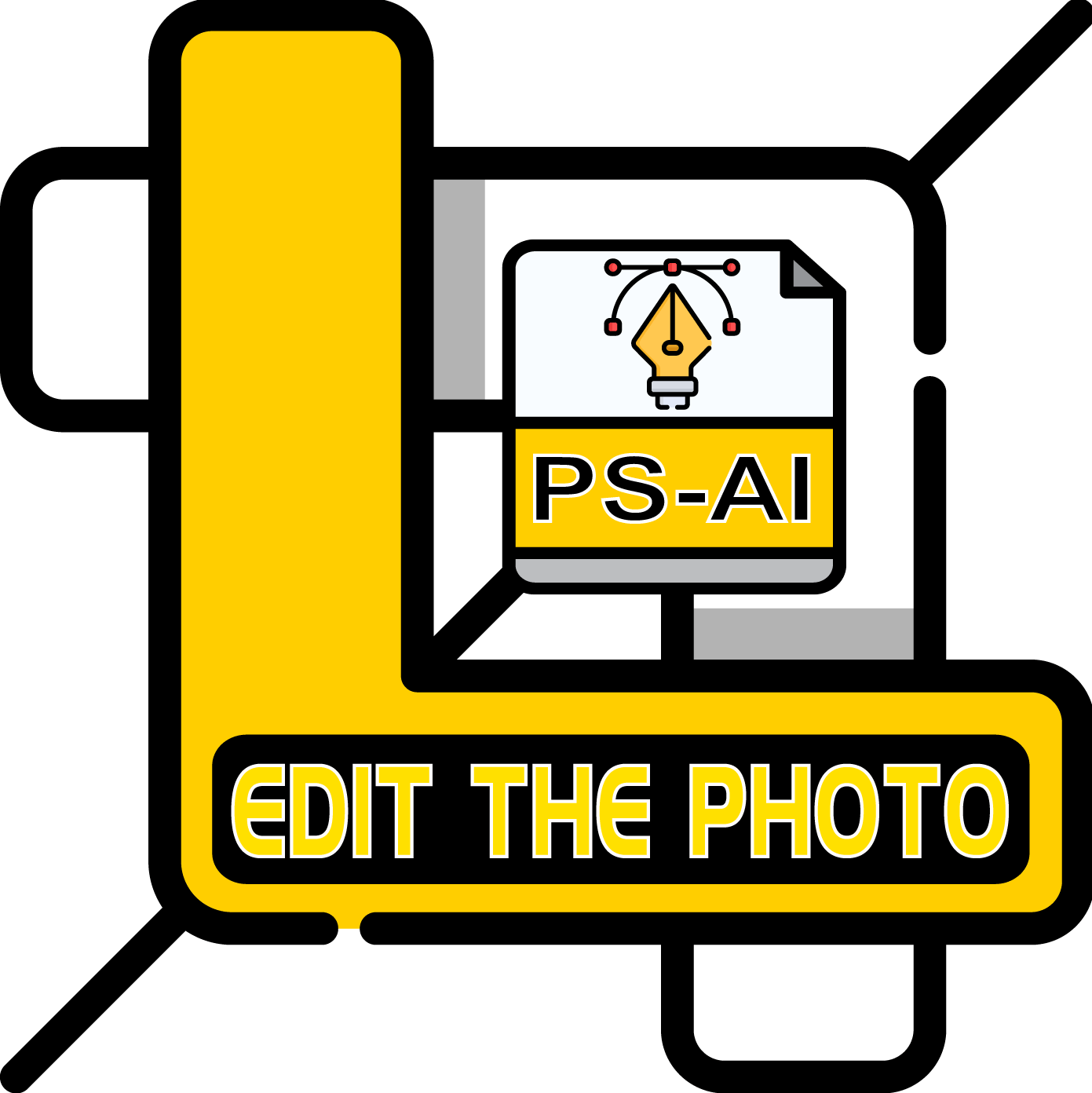Post Category: 5 Best Camera Settings for Product Photography

Product photography is essential for showcasing items in the best possible light, whether for e-commerce, marketing, or social media. In 2024, with the continuous evolution of camera technology, achieving perfect product shots requires a balance of the right settings and creativity. Here are the 5 best camera settings for product photography in 2024, along with a critical breakdown of how they impact your results.
Table of Contents
Toggle1. Aperture: f/8 to f/16 for Maximum Sharpness
- Why it Matters: Aperture controls depth of field (DoF), dictating how much of your product is in focus. In product photography, you need your entire subject—whether a watch, shoe, or smartphone—to be sharp and well-defined. Choosing an aperture between f/8 to f/16 ensures maximum sharpness and keeps the whole product in focus, particularly for tabletop shots.
- Critical Insight: In 2024, many professional-grade lenses are optimized for sharpness around this aperture range. However, apertures smaller than f/16 can introduce diffraction, reducing overall image clarity. Hence, it’s important not to push the aperture too narrow.
2. ISO: Keep it at ISO 100 for Noise-Free Images
- Why it Matters: ISO sensitivity determines how much light the camera sensor absorbs. In a controlled studio setting with ample lighting, keeping your ISO at 100 will ensure the cleanest possible image with no digital noise. High ISO values introduce grain, which can detract from the product’s fine details, particularly in high-resolution product photography where every detail counts.
- Critical Insight: Modern cameras in 2024 have incredible high-ISO performance, but even with advanced noise reduction technology, nothing beats the clarity of a low ISO setting. Professional product photographers stick with ISO 100 to guarantee crisp, noise-free images that maintain the product’s quality, especially when zoomed in.
3. Shutter Speed: 1/125 to 1/200 for Tack-Sharp Results
- Why it Matters: Shutter speed controls how long your camera’s sensor is exposed to light. For product photography, since you’re often using a tripod and shooting stationary objects, a medium shutter speed like 1/125 to 1/200 works best. This prevents any potential camera shake and ensures that your images are tack-sharp.
- Critical Insight: While you might think slower shutter speeds are acceptable in a controlled environment, even the smallest vibrations (from your hand or surroundings) can affect sharpness. Cameras with electronic shutters in 2024 offer improved precision at faster speeds, ensuring better results with no risk of rolling shutter effects or vibration.
4. White Balance: Custom Kelvin Settings for Accurate Color
- Why it Matters: Accurate color representation is crucial in product photography. The wrong white balance can make a white sneaker look yellow or a gold ring appear silver. In 2024, modern cameras allow photographers to fine-tune white balance using Kelvin (K) settings rather than relying on auto white balance. Adjusting the Kelvin temperature manually (typically between 5000K to 6500K for natural lighting) helps you ensure that the colors in your product images are true to life.
- Critical Insight: Auto white balance can struggle with artificial light or mixed lighting environments, leading to inconsistent results. By using manual Kelvin settings, you control the color tone more accurately, particularly when working with LED or strobe lighting setups that have specific color temperatures.
5. Focus Mode: Manual Focus for Absolute Precision
- Why it Matters: In product photography, manual focus is typically superior to autofocus. This is because you need to ensure that the focus is precisely where you want it—whether it’s on intricate details of a piece of jewelry or the texture of a fabric. Autofocus can sometimes miss the mark, especially in low-contrast situations or on reflective surfaces common in product shots.
- Critical Insight: Cameras in 2024 come with focus peaking and high-resolution live view modes, making manual focus much easier and more precise than before. This gives you pinpoint control over the sharpest part of your image, ensuring that every detail of your product is crystal clear and highlighted in the final shot.
Bonus: Use RAW Format for Post-Processing Flexibility
- Why it Matters: Always shoot in RAW format for product photography. RAW files capture much more information than JPEG, providing you with greater flexibility during post-processing. This is especially critical when you need to fine-tune exposure, color, or sharpness in post-production without degrading image quality.
- Critical Insight: While RAW files are larger and require more storage, the advantages in dynamic range and detail retention are essential for high-quality product photography. In 2024, advancements in AI-powered editing software like Adobe Lightroom or Capture One make processing RAW files even more efficient and powerful.
